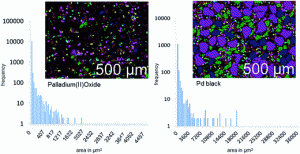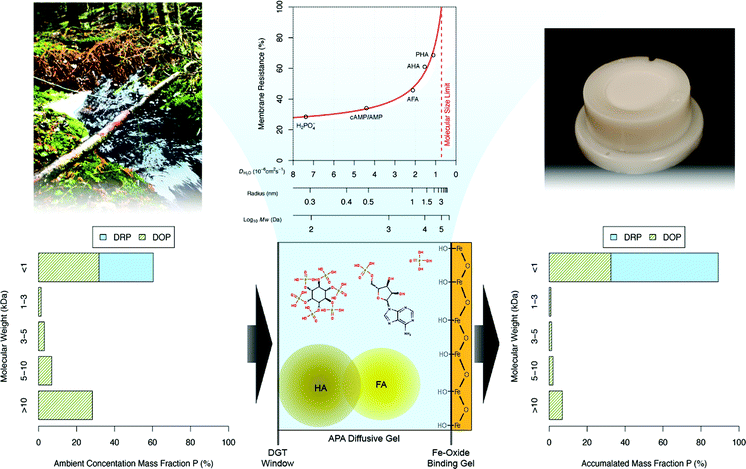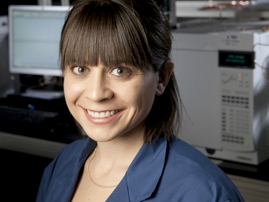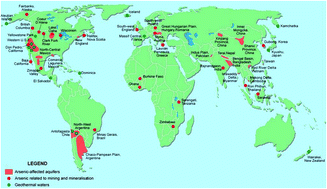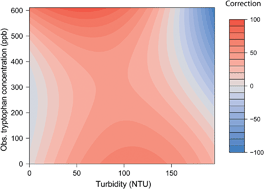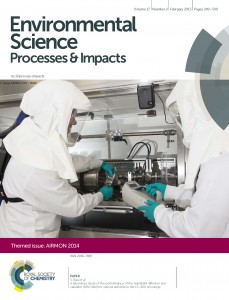Anabaena are a group of cyanobacteria species that populate shallow water areas. They are a bit Janus-faced, both good and bad for the ecosystem at the same time. On the one hand, as many bacteria do, they fixate nitrogen. They are also rich in chlorophyll, thus being able to produce photosynthesis. On the other hand, they produce a handful of neurotoxins. These toxins are a huge risk for any other living creature around –even human beings, if they happen to drink contaminated water.
Hence, knowing the density and coverage area of cyanobacteria in a particular ecosystem may be interesting to assess ecological risk. However, when the water is not too deep, fieldwork becomes harder: divers cannot work well and boats can hardly approach the study zone. Moreover, Anabaena species often form filaments that attach to rocks, seagrass and algae. These filaments are very fragile, so the system can be easily perturbed if someone moves around to collect samples.
Image 1. The USV robot equipped with all sort of different sensors and a video camera.
But J. Gutiérrez and colleagues came up with a pretty elegant solution. They designed a missile-shaped robot that is able to sail the surface of shallow lakes and ponds, and measure the amount of Anabaena on the surface without perturbing the ecosystem. This unmanned surface vehicle (USV) features a GPS that tracks the position at all times, as well as a wide variety of chemical sensors that simultaneously record the concentration of different ions (nitrate, ammonium). It is able to measure conductivity and temperature, too. All of this while being operated from the lab using a radio-frequency remote control.
The USV also carries a camera, equipped with an image stabilization system that was improved by Gutiérrez’s team. The camera records video at all time. This video will be analysed frame by frame with the help of a state-of-the art computer programme that will be able to identify Anabaena filaments or colonies in every picture.
Combining these data with the different physicochemical measurements obtained with the sensors, researchers are able to quantify and locate toxic bacteria. The USV-robot allows them to obtain very promising results with a fraction of the usual cost of other on-water monitoring systems.
To access the full article, download a copy for free* by clicking the link below.
On-water remote monitoring robotic system for estimating the patch coverage of Anabaena sp. filaments in shallow water
E. Romero-Vivas, F. D. Von Borstel, C. J. Pérez-Estrada, D. Torres-Ariño, J. F. Villa- Medina and J. Gutiérrez.
Environmental Science: Procceses & Impacts, 2015, Advance Article.
DOI: 10.1039/c5em00097a
—————-
Fernando Gomollon-Bel is a PhD Student at the ISQCH (CSIC–University of Zaragoza). His research focuses on asymmetric organic synthesis using sugars as chiral-pool starting materials towards the production of fungical transglycosidase inhibitors.
—————-
* Access is free until 05/07/2015 through a registered RSC account.















